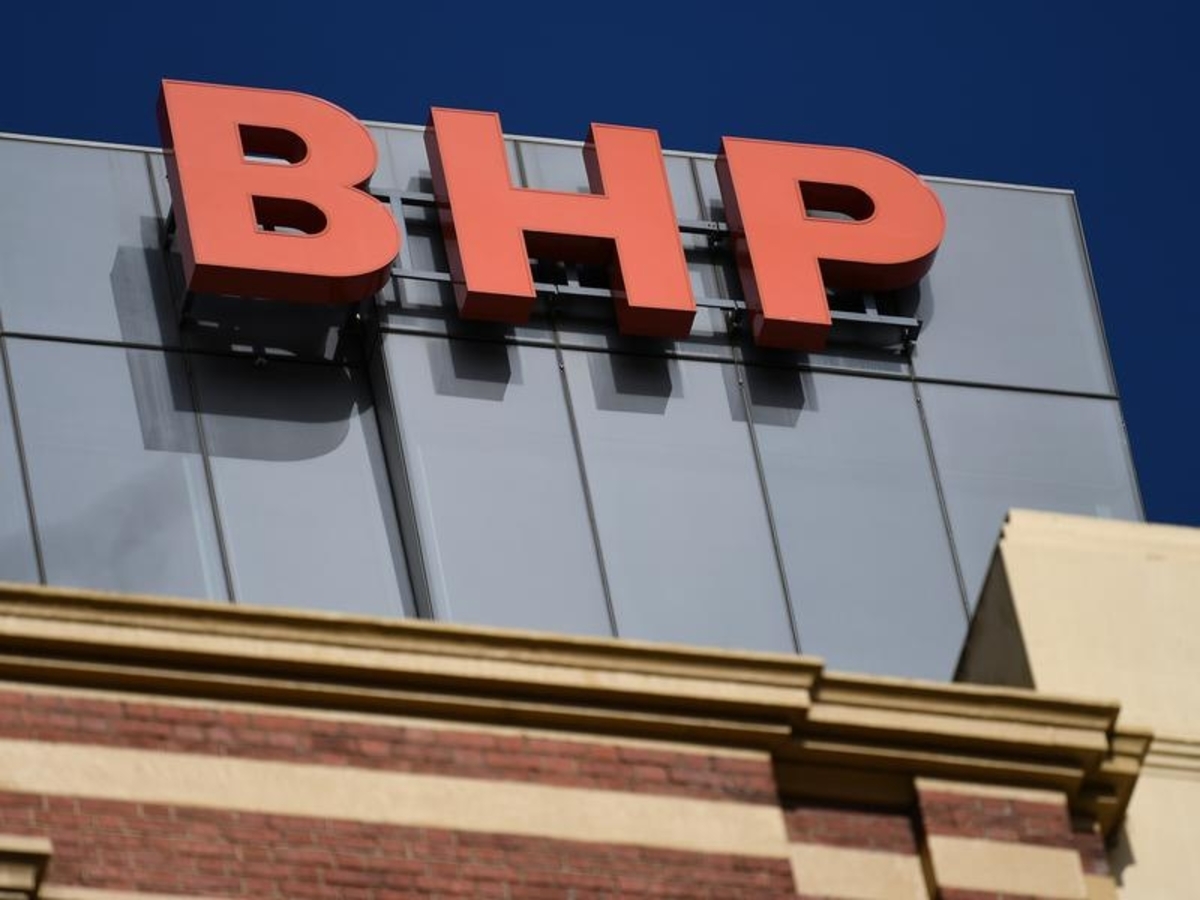
BHP has warned shareholders of short-term uncertainty as it moves to take advantage of global megatrends that need copper, nickel and steel.
In the past year, BHP has offloaded its petroleum business to Woodside Energy, moved into potash as a century-long investment in food security, and switched its coal focus to high-quality exports for steelmaking.
The changes align with the global megatrends of decarbonisation, population growth and demand for higher standards of living, BHP chair Ken MacKenzie said.
But the short-term outlook is complex, he told the annual general meeting in Perth.
"The geopolitical landscape continues to change, economic conditions remain uncertain, there are ongoing labour and skills shortages," Mr MacKenzie said on Thursday.
Economies are also emerging from the global pandemic at different rates, he said.
Shares in BHP, one of the world's largest mining companies, fell 43 cents or 1.0 per cent to $40.75 in afternoon trade.
CEO Mike Henry reiterated new exploration and resources are a lever for growth, after BHP's takeover proposal was rebuffed by copper and nickel mining company OZ Minerals in August.
The OZ Minerals board has said the bid significantly undervalued the Prominent Hill and Carrapateena copper mines in South Australia's Gawler Craton, and the West Musgrave copper-nickel mine in Western Australia.
OZ Minerals' South Australian mines flank BHP's Olympic Dam operation, and there are also opportunities for gains from absorbing West Musgrave into BHP's Nickel West in WA.
BHP will look to acquire assets at the right time and at the right value, Mr Henry said at the AGM.
He said iron ore and coking coal would be needed for decades to make steel for a decarbonised global economy but said he didn't see a future for BHP in making green steel.
"It's going to be a business for others, not BHP, given the amount of capital required," Mr Henry said.
"As to whether a rejuvenation of steelmaking in Australia will occur at all, it will come back to the basic economics," he said.
In contrast, iron ore magnate Andrew Forrest says green steel, made using local iron ore and renewable hydrogen, could create more than 40,000 jobs in Australia.
As the industry comes under pressure to fix unsafe environments, the chair and CEO apologised to those who have experienced sexual assault and harassment, racism or bullying anywhere at BHP.
"I am fiercely determined to do everything I can to stop this conduct," Mr Henry said.
BHP has increased the ratio of women in its workforce from 17 per cent to one-third over the past six years.
First Nations employment represents more than eight per cent in Australia and Chile, and more than seven per cent at its potash project in Canada.
"Notwithstanding how far we've come, it is not yet far enough," Mr Henry said.
Seven years after the Samarco disaster in Brazil that killed 19 people and displaced hundreds in the largest tailings dam collapse on record, BHP defended its response.
"Samarco was a tragedy and it's one we're never going to forget," Mr MacKenzie said.
"We're deeply sorry for the impacts that were caused and the losses that occurred."
He said $US1.8 billion has been spent by BHP and a further $3.4b has been set aside, with 80 per cent of that expected to be spent in 2023 and the remainder to complete work in 2024.
BHP last month lost a high court bid to exclude foreign investors from an Australian class action over the share price plunge that followed the dam collapse.







